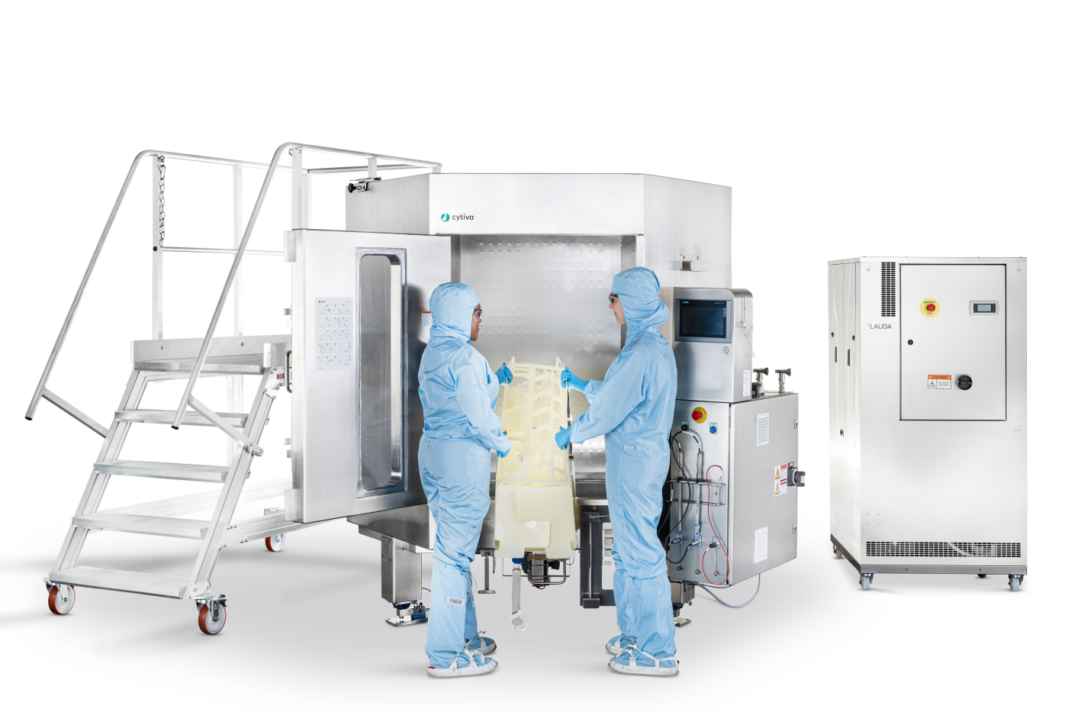Cytiva introduced its Xcellerex magnetic mixer at the annual Interphex meeting in New York City this week. The single mixing system has been specifically designed to address challenges faced by customers engaged in large-scale monoclonal antibody, vaccine, and genomic medicine manufacturing processes, according to Amanda Halford, president, bioprocess, Cytiva. Sized in 2000 and 3000 L capacities, the mixer offers several configurations to cater to diverse mixing processes, she adds.
“We’re tapping into our differentiated portfolio to solve a wide range of challenges for our customers,” continues Halford. “Our new magnetic mixing system is flexible and capable of meeting the many demands and constraints during buffer and cell culture media preparation. By reimagining the design, we’ve tackled some of the biggest obstacles to downtime.”
A major contributor to time and money losses are leaks. A minor leak can cause or lead to a major setback—it can mean a full working day lost for our customers, notes Jon Van Pelt, vice president, bioprocess single use technologies, Cytiva. When dealing with a 3000 L batch of cell culture media, the estimated financial loss can cost between $60k to upwards of $100k. That’s just the material and labor. It doesn’t factor in the opportunity cost and other effects caused by not having media available for your cell culture processes, continues Van Pelt.
Mixer biocontainer
To help prevent leaks, the system includes a mixer biocontainer incorporating user-centered design elements aimed to bolster durability and improve ease of use. This evolution in design results in enhanced safeguards, providing added protection against leaks throughout shipping, storage, and operation, says Halford.
Another constraint during the development of drug therapies is the quality and time it takes to mix a batch. Mixing floating powders, like cell culture media, can be a challenge with many of the mixing systems currently available, maintains Halford, pointing out that most of these systems have underpowered impellers and with a circular or cubicle shape that is less than ideal, particularly for large production volumes. Powder tends to float on the surface of the liquid, making it difficult to mix evenly into the fluid or leading to prolonged mixing times.
The new mixing system has an impeller that when combined with the mixer’s hexagonal shape creates a vortex, enhancing the interaction at the liquid surface, according to Van Pelt. This vortex effectively pulls down the floating powders into the main body of the liquid to allow for a more efficient and shorter mixing process, he explains.
“Process engineers and scientists, who currently experience problems with tight facility constraints or complicated installation of large-scale consumables, will benefit from its compact size, allowing it to fit into tight facility spaces without compromising on capacity or requiring the need for facility expansion,” says Van Pelt. “We are always listening to our customers—solving issues to more quickly get life-changing therapies to patients.”


